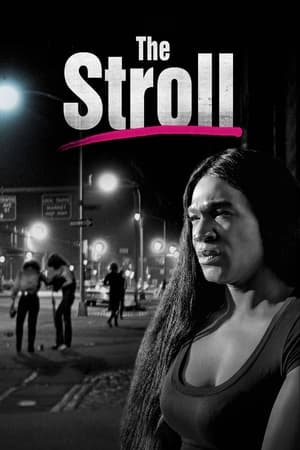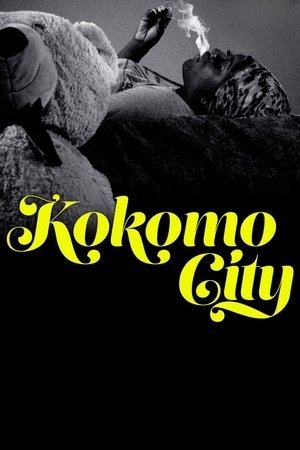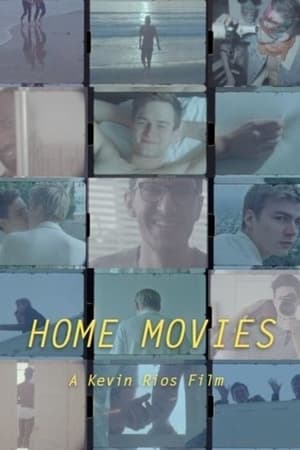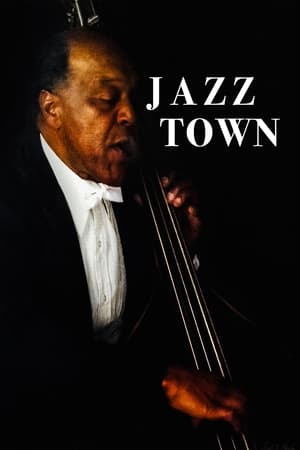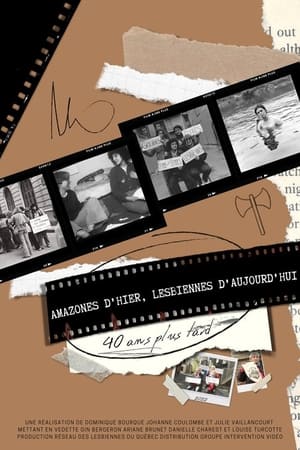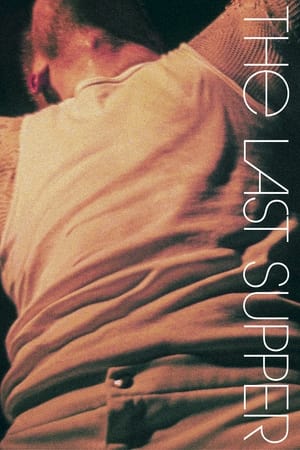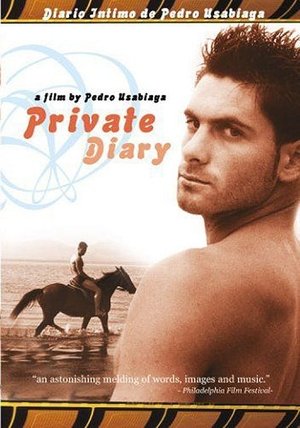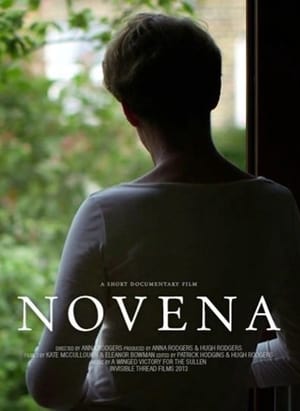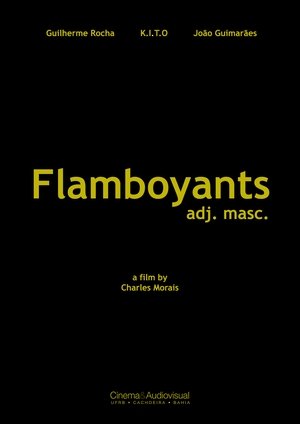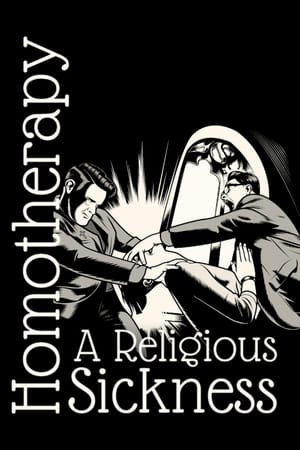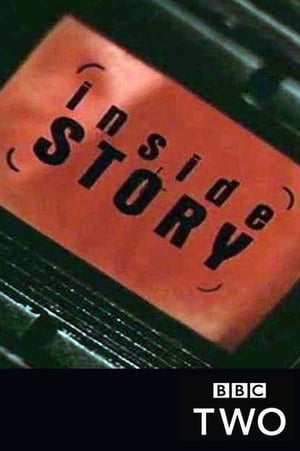Overview
The place is the notorious Starck Club (so called because it was the first major project designed by Philippe Starck in the US.) The Starck Club opened in Dallas in 1984 and not long after hosted the 1984 national Republican Convention. Ironically, it was actually legal to buy MDMA aka ecstasy there, people would put it on their credit cards. The DEA stepped in and made it a category 1 drug on July 1, 1985... In a time when ecstasy was legal & guyliner was cool.
Reviews
By Alan Ng | July 14, 2020
I was such a boring teenager in the 80s. At the behest of my friends, I never went to night clubs nor got involved in designer drugs (i.e., MDMA and Ecstacy). After watching Joseph F. Alexandre’s Sex, Drugs, Design: Warriors of the Discotheque, I couldn’t help but wonder what the hell I was doing with my life with all this studying for college and staying clean and sober. Sex, Drugs, Design: Warriors of the Discotheque is about the infamous Starck Club in Dallas, TX. I’ll admit that I had never heard of the club, but Alexandre does a good job convincing you this was THE place to be if you wanted to be ANYBODY. It seems pleading the case for the importance of The Starck Club is the sole purpose of the documentary.
Sex, Drugs, Design: Warriors of the Discotheque is nicely organized into several chapters about the club and 80s culture—not necessarily in a logical order. It first makes the case that Dallas was this up-and-coming cosmopolitan city that would soon outshine New York and Paris. Those who lived there were emphatic that Dallas was nothing like the Dallas depicted in TV’s Dallas.
The Starck Club opened on May 12, 1984, with a performance by investor Stevie Nicks. Membership was expensive and limited. You could only get in if you were a member, on the guest list, or incredibly hot. The club set the standard for the no standard long-line/impress-the-doorman system of club entry. It was a trendsetter in music, fashion, and 80s culture. Is this the birthplace of the “shoulder pads?” The club’s architect and designer was Philippe Starck. The club served as a mini-showroom for Starck’s design ideas as Dallas experts described his work as modern surrealist and minimalism with sensuality. Director Alexandre uses old photos and computer renderings to give us the look-and-feel at that time. The upper floor was a quiet place to socialize, drink, and be intimate with your date or complete strangers. Couches and tables were separated by drapes creating indoor cabanas if you will. Downstairs was the dance floor with an enormous “H”-shaped monument as the centerpiece.
The most exciting part of the doc was what happened in the club. While it was not known as a gay nightclub, a large contingent of gay males frequented and influenced the overall experience of the club. With MDMA/Ecstasy in ample supply, one’s sexuality was explored and unleashed. Everyone wanted to get in—the desperate offered sexual favors for entry. Celebrities passed through the front door, including the son of President George H.W. Bush…yes, I’m talking about “W.” The Starck Club was primarily a dance club, and that means music. Experts in the hottest dance/techno beats, the club’s staff DJs could skillfully read and manipulated a room, and they did just that. One story recounts Prince demanding his music be played, only to have the DJ scratch his record and chuck it across the room. Back to the drugs, the Feds and DEA would get word of the illegal distribution of Ecstacy and sent multiple undercover agents to collect evidence. Everyone knew a raid was imminent, but no one cared.
When its all said and done, Sex, Drugs, Design: Warriors of the Discotheque is a historical documentary and was made by those who were fortunate enough to have experienced The Starck Club and reminisce about their time. Here’s some perspective. This doc is the story of a single building in the middle of the largest city in the enormous state of Texas. The memory of The Starck Club could have quickly vanished into the ether, if not for Alexandre’s film. Put together almost thirty years after the club closed with no original footage of the club to shoot, director Alexandre is left only with former investors, employees, and patrons who are still alive and mostly sober. The only archival footage comes from old photos, film footage, and VHS tapes. With what little he had, Alexandre was able to piece together a complete story about this legendary nightclub.
If there is one unforced error in the doc, it’s the nightclub dance beat that plays unceasingly from start to finish. It gets annoying throughout the film. It’s perfect as the soundtrack for the old dance floor footage, but not over the talking heads. The setting and composition of the interviews could also have been improved visually. Documentaries today are much more sophisticated, and the most mundane locations need to look appealing and professional.
Ultimately, the depictions and history in Sex, Drugs, Design: Warriors of the Discotheque shows The Starck Club was not only a fascinating historic building, but the stories that took place from within are equally captivating.
For more, visit the official site for Sex, Drugs, Design: Warriors of the Discotheque.
BACK
SEX, DRUGS, DESIGN: WARRIORS OF THE DISCOTHEQUE (2019)
Directed and Written: Joseph F. Alexandre
Starring: Philippe Starck, etc.
MOVIE SCORE: 7.5/10
Sex, Drugs, Design: Warriors of the Discotheque Image
"…memories of The Starck Club could have quickly vanished into the ether, if not for Alexandre’s film."

 91 min
91 min
 5.3
5.3
 2015
2015
 USA
USA
 jfa42 wrote:
jfa42 wrote:

